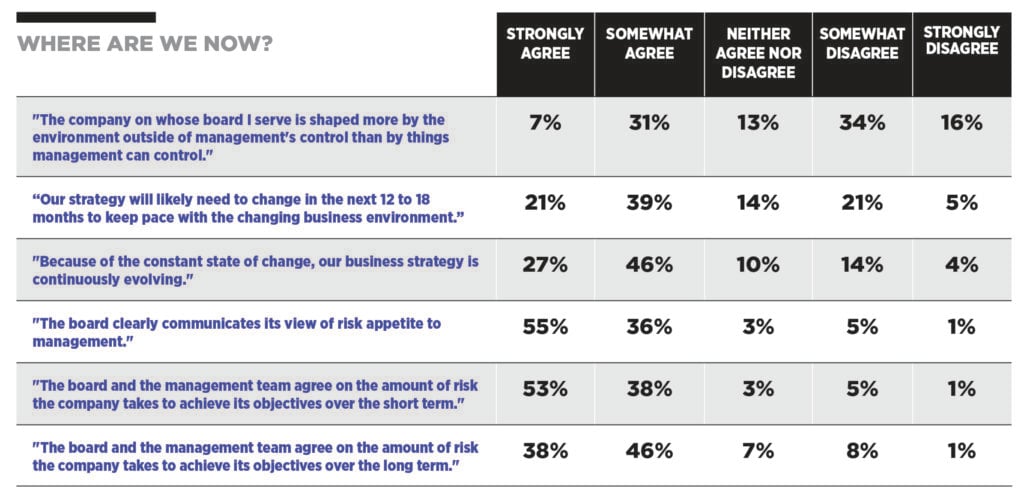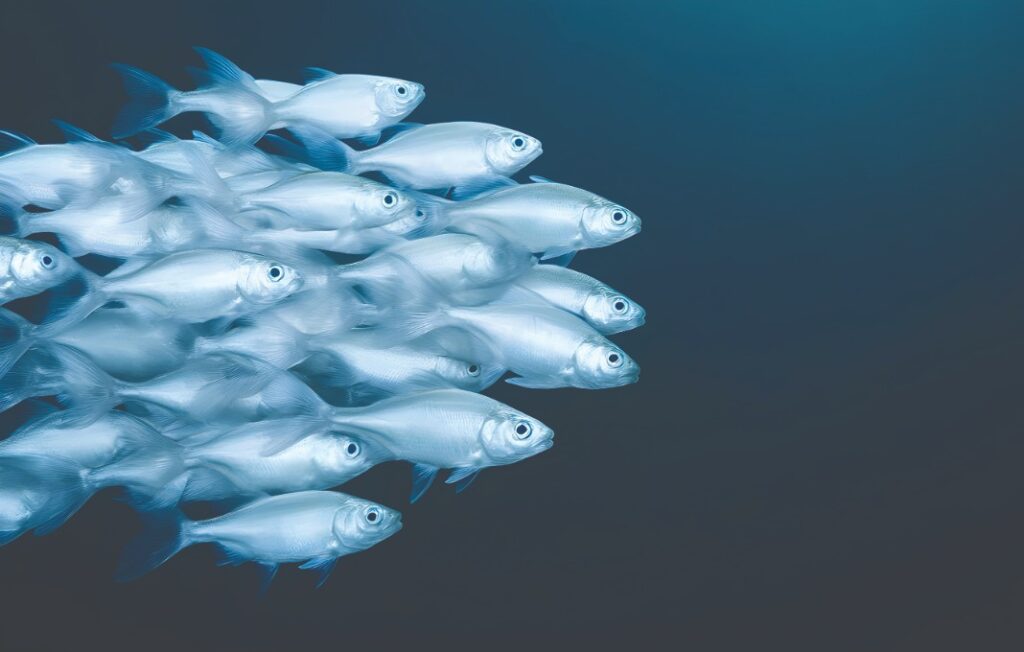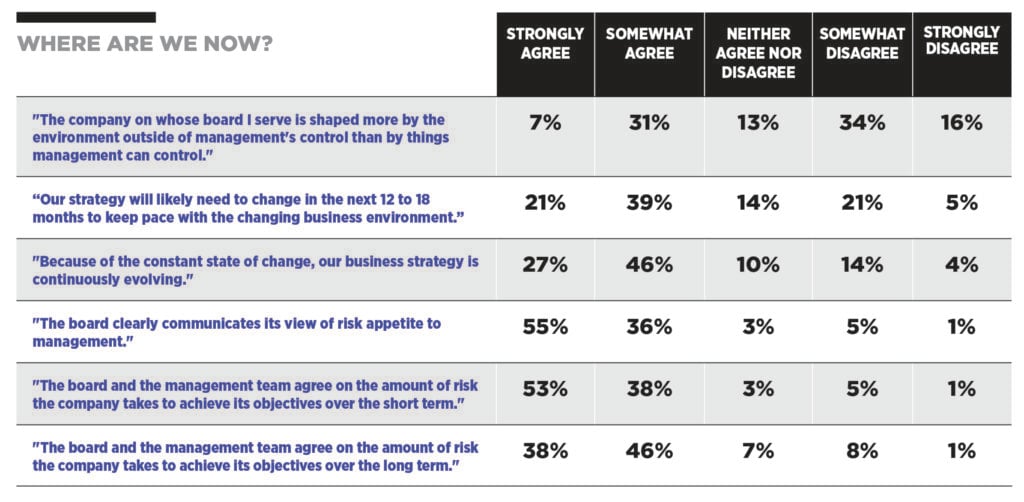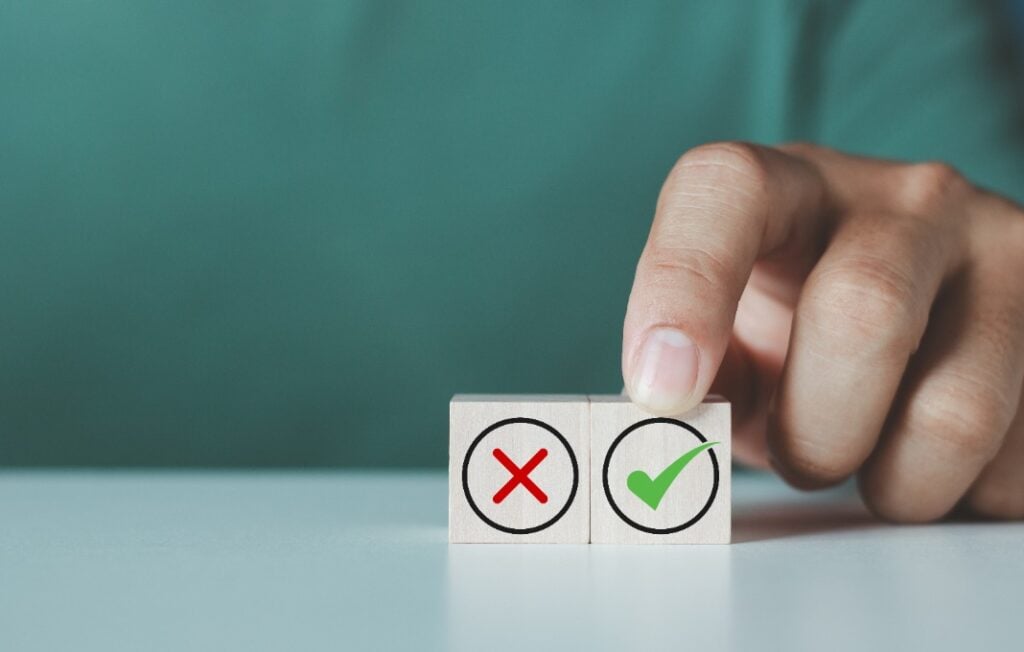As generative AI transforms industries at breakneck speed, organizations face a critical challenge: How do you build AI-powered products that not only dazzle users today but remain valuable, trustworthy and competitive tomorrow? The answer starts with resilience as a new design principle.
Unlike previous product, system and software development cycles where products followed predictable patterns, AI-powered solutions introduce unique uncertainties. Models can drift, produce unexpected outputs or fail in ways that were neither anticipated nor demonstrated during development. This introduces new vulnerabilities—smart organizations recognize this and are changing how they conduct design sessions. Resilience in product design (and more broadly in organizational robustness) is a new strategic imperative for their AI initiatives. And one critical dimension of resilience is getting the design right. This is a new kind of challenge.
NEW DEVELOPMENT PARADIGM
Traditional product development assumes that if a product is built correctly, it will work consistently. AI products are different; they learn, adapt and sometimes surprise us with their outputs. A customer service chatbot might work flawlessly for months before suddenly generating inappropriate responses. A recommendation engine might start skewing its responses depending upon its audiences, a problem that might not be obvious at a small scale but is revealed as it scales. Inherent unpredictability means resilience is foundational and will determine whether an AI product becomes a strategic asset or a costly liability.
Modern resilience requires a clear-eyed look at systems, processes, risks and strategies. What does your organization stand for, and how does that brand promise show up in this new set of products and solutions?
RESILIENCE IN PRACTICE
Resilience at the organizational level is the ability to survive and even thrive when disruptions interrupt business operations or expectations. This goes well beyond having recovery and redundancy plans in place. It means leaning in on systems thinking and understanding interdependencies, continued focus and investment on security, infrastructure and data and, of course, making sure strategic plans are in place for known challenges. In the age of AI, it also means getting core design and governance right.
It takes a new kind of mindset to incorporate resilience into your organization’s strategic thinking and product design:
1. Know what you stand for as a matter of grounding and early design, especially as agentic AI comes into mainstream practice: What is your brand promise, what is your purpose and value, your defined guardrails and boundaries, and what are your metrics for success?
2. Look for vulnerabilities: Hunt for them with a willingness to see vulnerabilities clearly so they can be addressed upfront when possible.
3. Look for opportunities: In the face of a predictable disruption, what are the opportunities to not only restore operations, but also get ahead? What can be reimagined, redesigned or rebuilt?
4. Approach risk as a strategic function: Move beyond mitigation to calculated risk-taking and quick adaptations; make risk an active sport more than a compliance activity.
5. Make strategic investments to navigate foreseeable disruptions and challenges, including:
- a. Basic digital and physical security, data governance and workforce upskilling,
- b. Impacts on ecosystems, business models, customers, employees and supply chains,
- c. Challenges in data, security, energy, banking, mis- and dis-information, regulatory systems and bad actors, and
- d. Processes for anticipating and processing emergent risks and continuous leadership training.
6. Use AI to look around corners and shift perspectives: Use AI tools to pressure test strategies and detect vulnerabilities and opportunities.
The decision about whether to embrace AI in your products has already been made by market forces. The question is how to build a resilient organization that designs AI products and processes that enable you to thrive in an uncertain world. Resilience for your organization, your products and your methods may make all the difference.







